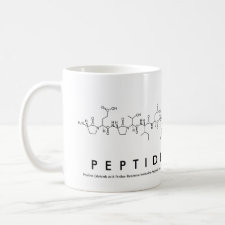
Authors: Luo J, Zhang LY, Chen DJ, Wang P, Zhao JW, Peng Y, Du SH, Zhang ZP
Article Title: Molecularly imprinted layer-coated monodisperse spherical silica microparticles toward affinity-enrichment of isoflavonoid glycosides from Radix puerariae.
Publication date: 2012
Journal: Analyst
Volume: 137
Issue: (12)
Page numbers: 2891-2902.
Abstract: This paper reports the preparation of puerarin (PR) imprinted layer-coated silica microparticles toward selective recognition of PR and fast affinity-enrichment of the main isoflavonoid glycosides from the crude extract of Radix puerariae. Before the preparation, quantum mechanics (QM) method was applied to identify three kinds of common functional monomers capable of interaction with PR and then predicted optimal functional monomer (acrylamide, AA) and the relative molar ratio of template to functional monomer (PR/AA, 1 : 4). The obtained PR-imprinted silica microparticles were evaluated by transmission electron microscope (TEM) and rebinding experiments, exhibiting good morphology and high binding affinity to PR. Meanwhile, the rebinding amount of the imprinted microparticles to PR was nearly 2.1-folds that of non-imprinted microparticles. When the PR-imprinted microspheres were used as packing materials for solid-phase extraction, the recovery yields of PR, daidzin (DD) and genistin (GS) were simultaneously up to 90% by one-step extraction from the crude extract of Radix puerariae. Additionally, the PR-imprinted microparticles could be re-used for at least 5 times without losing any extraction efficiency. These results indicate that the PR-imprinted microparticles have highly selective adsorption capabilities to PR, DD and GS from the crude extract of Radix puerariae. The method of molecularly imprinted polymers (MIPs) coupled with solid-phase extraction (SPE) provides a good solution of the enrichment and separation of active extracts from complicated traditional Chinese medicine (TCM) with certain structures
Template and target information: puerarin, PR, isoflavonoid glycosides, daidzin, DD, genistin, GS



Join the Society for Molecular Imprinting

New items RSS feed
Sign-up for e-mail updates:
Choose between receiving an occasional newsletter or more frequent e-mail alerts.
Click here to go to the sign-up page.
Is your name elemental or peptidic? Enter your name and find out by clicking either of the buttons below!
Other products you may like:
 MIPdatabase
MIPdatabase









